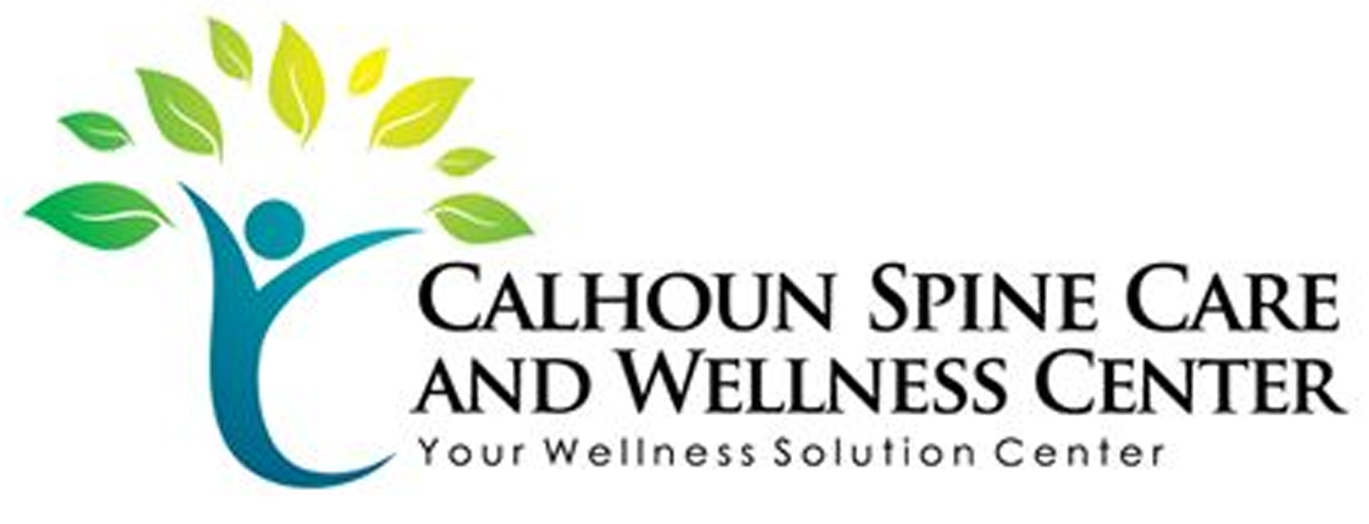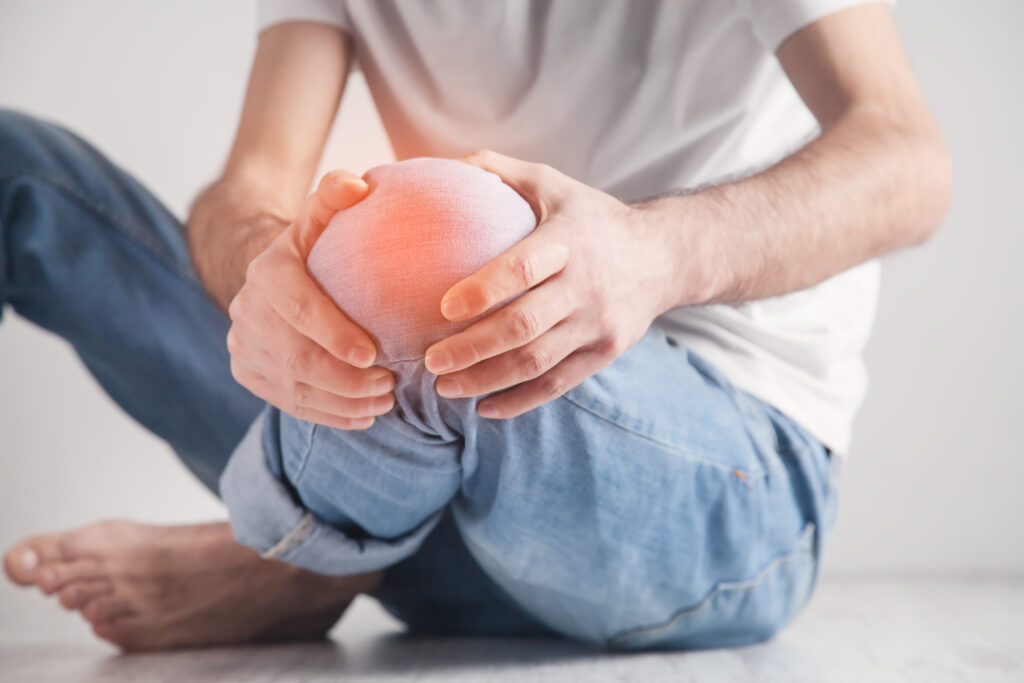When you face a sports injury, it's vital to approach your recovery with a clear plan. You'll want to start by accurately evaluating the injury and applying the R.I.C.E. method for immediate care. From there, seeking professional guidance can help tailor rehabilitation techniques to your specific needs. Understanding how nutrition and hydration play a role in your healing is equally important. However, the journey doesn't end with recovery—there are essential strategies you'll need to implement to prevent future injuries. Curious about the steps to take next?
Understanding Your Injury
Often, athletes underestimate the severity of their injuries, which can lead to improper treatment and longer recovery times. It's essential for you to recognize that not all injuries are visible or immediately painful. A seemingly minor twist or strain can mask underlying damage, such as ligament tears or fractures. Ignoring the symptoms or downplaying your pain can set you back considerably.
To truly understand your injury, start by paying attention to the signals your body sends. Swelling, bruising, and persistent pain are all indicators that something isn't right. Instead of pushing through the discomfort, take a moment to assess what you're feeling. Is the pain sharp, dull, or throbbing? Does it change with movement or rest? These details can provide valuable insights when you seek professional help.
Consulting a healthcare professional is essential for an accurate diagnosis. They'll likely perform a physical examination and may recommend imaging tests like X-rays or MRIs to get a clearer picture of the injury. Don't hesitate to ask questions—understanding the specifics of your injury can empower you in your recovery journey.
Additionally, familiarize yourself with common sports injuries related to your activity. Knowing what to look for can help you identify issues early, allowing for timely intervention.
Initial Recovery Steps
Taking immediate action after an injury is essential for a successful recovery. The first step you should take is to assess the situation. If you feel severe pain, swelling, or instability in the injured area, it's vital to stop any activity right away. Protecting the injury from further damage is your top priority.
Next, apply the R.I.C.E. method: Rest, Ice, Compression, and Elevation. Start by resting the injured area. Avoid putting weight on it, and use crutches or a brace if necessary.
Ice the injury for 15-20 minutes every hour for the first 48 hours. This can help reduce swelling and numb the pain. Make sure to wrap the ice in a cloth to avoid frostbite.
After icing, use compression to minimize swelling. An elastic bandage or compression wrap can provide support, but don't wrap it too tightly. You want to maintain circulation.
Elevate the injured area above your heart level whenever possible to further reduce swelling.
During the initial recovery period, keep an eye on your symptoms. If your condition worsens or doesn't improve after a few days, consult a healthcare professional. They can provide a proper diagnosis and recommend further steps.
Rehabilitation Techniques
Rehabilitation techniques are vital for regaining strength and mobility after a sports injury. Once you've completed the initial recovery steps, it's time to focus on structured rehabilitation. Start by consulting a physical therapist who can tailor a program to your specific needs. They'll assess your injury, identify limitations, and help set realistic goals.
One effective technique is progressive strength training. This involves gradually increasing the resistance and intensity of your exercises. Begin with light weights or resistance bands, aiming for three sets of 10-15 repetitions. As your strength improves, you can increase the weight or resistance. Remember, slow and steady wins the race—don't rush this process.
Incorporating flexibility exercises is also important. Stretching helps maintain your range of motion and prevents stiffness. Focus on dynamic stretches during warm-ups and static stretches during cool-downs. Hold each stretch for about 20-30 seconds, targeting the affected muscles.
Another key technique is functional training. This mimics the movements you'll perform in your sport, helping you regain confidence and coordination. For example, if you're a basketball player, practice jumping and landing drills.
Don't forget about balance and proprioception training. Using tools like balance boards or stability balls can enhance your body's awareness and stability, reducing the risk of future injuries.
Lastly, consistently monitor your progress and communicate with your therapist. They can adjust your program as needed to guarantee you're on track for a full recovery. Stay committed, and you'll be back in the game before you know it.
Nutrition and Healing
Nutrition plays an essential role in your recovery from sports injuries, impacting your healing speed and overall well-being. Proper nutrition provides your body with the necessary tools to repair tissues, reduce inflammation, and boost your immune system. You need to focus on incorporating a balanced diet rich in essential nutrients.
Start by ensuring you consume enough protein, as it's essential for muscle repair and recovery. Aim for lean sources like chicken, fish, beans, and legumes. Including healthy fats, such as avocados, nuts, and olive oil, can also help reduce inflammation and support overall health.
Don't overlook the significance of carbohydrates. They provide the energy your body needs to heal and regain strength. Opt for whole grains, fruits, and vegetables to fuel your recovery while supplying necessary vitamins and minerals.
Hydration is another key factor. Drink plenty of water to keep your body functioning efficiently and to help transport nutrients to where they're needed. Dehydration can slow down your recovery process, so make it a habit to stay well-hydrated.
Lastly, consider incorporating anti-inflammatory foods into your diet. Foods like turmeric, ginger, and berries can help manage inflammation, which is essential during your recovery phase.
Preventing Future Injuries
To prevent future injuries, it's vital to prioritize proper training techniques and body awareness. Begin by focusing on your form during workouts. Whether you're lifting weights or running, maintaining good posture and alignment can greatly reduce the risk of injury. If you're unsure about your form, consider working with a coach or trainer who can provide guidance.
Next, listen to your body. If you experience pain or discomfort, don't push through it. Instead, take a step back and assess what might be causing the issue. Ignoring early warning signs often leads to more severe injuries down the line.
Incorporating rest days into your training schedule is essential for recovery and injury prevention. Your body needs time to repair and strengthen.
Additionally, incorporate flexibility and strength training into your routine. Stretching helps improve your range of motion, while strength training builds the muscles that support your joints. Both can enhance your overall performance and decrease your injury risk.
Another important aspect is cross-training. Engaging in different sports or activities can help balance muscle development and prevent overuse injuries. For instance, if you're a runner, try incorporating swimming or cycling into your regimen.
Lastly, always warm up before workouts and cool down afterward. A proper warm-up increases blood flow to your muscles, preparing them for action, while cooling down helps your body shift back to rest.
Conclusion
To summarize, recovering from sports injuries is a journey that requires your commitment and attention. By understanding your injury and following the R.I.C.E. method, you set a solid foundation for healing. Incorporate rehabilitation exercises, focus on proper nutrition, and implement preventative measures to enhance your performance and minimize future risks. Stay proactive in your recovery, and you'll not only bounce back stronger but also reduce the chances of re-injury. Keep moving forward!



